-
Adventurer Models
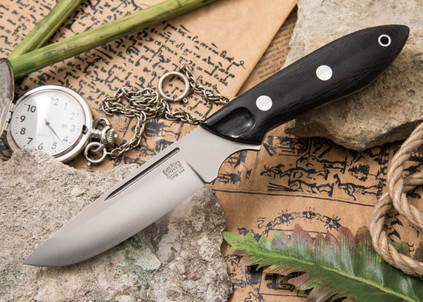
-
Aurora Models
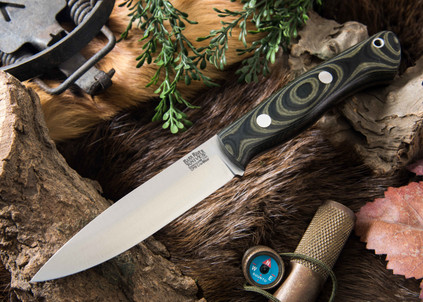
-
Bird & Trout Models
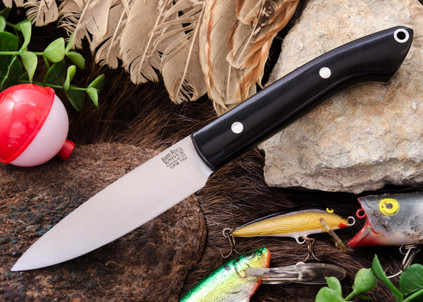
-
BlackJack Knives

-
Bobcat Hunter - CPM 154

-
Bravo 1 Models

-
Bravo 1.25 Models

-
Bravo 1.5 Models

-
Bravo 2 Models
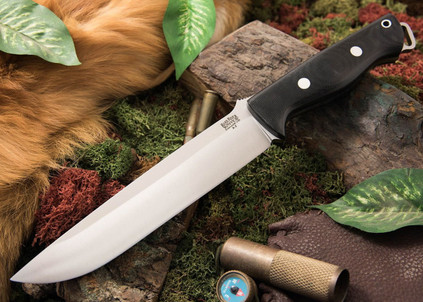
-
Bravo EDC - Elmax

-
Bravo III - CPM 3V

-
Bravo Necker Models

-
Bravo Squad Leader Models
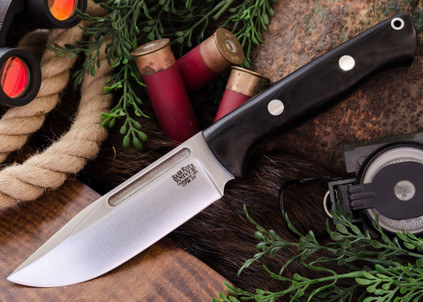
-
Bravo Strike Force II - CPM 3V

-
Bravo Survivor - CPM 3V

-
Bushcrafter Models

-
Canadian Models
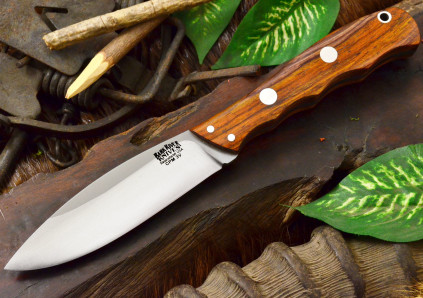
-
Classic Loveless Models

-
Cub - CPM 3V
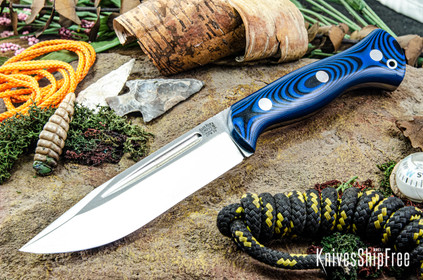
-
Firesteels

-
Fox River Models
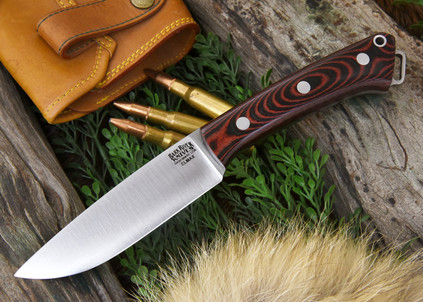
-
Gunny Folder

-
Gunny Models

-
Hildi - CPM-CruWear
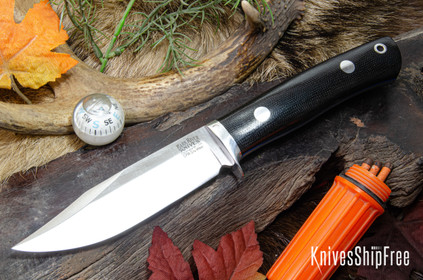
-
Iron River MagnaCut

-
Kalahari Models
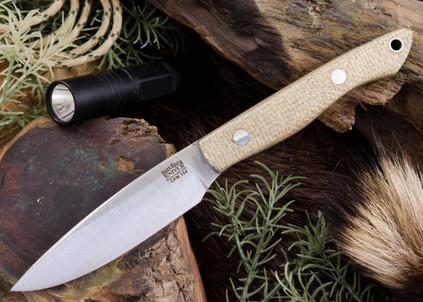
-
Kephart - CPM 3V
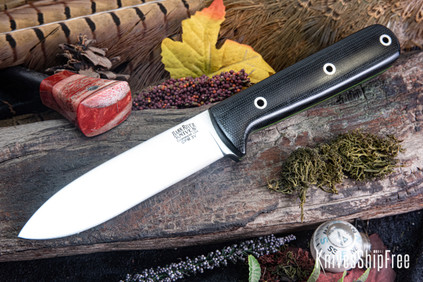
-
Kitsune Tanto
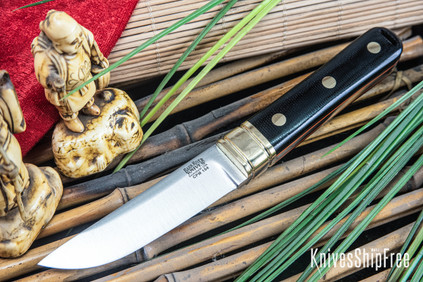
-
Kwaiken CPM-S35VN
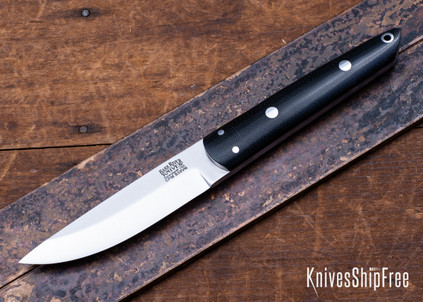
-
Little Creek II MagnaCut
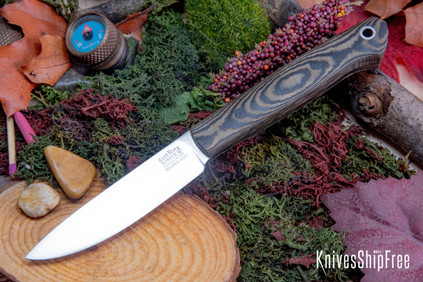
-
Mini Kephart - CPM 3V
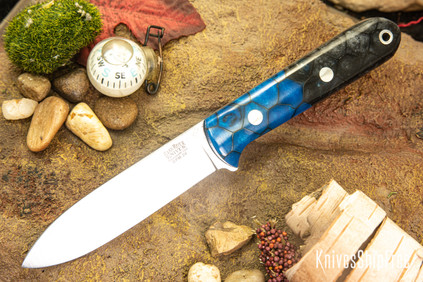
-
Mountain Man Models
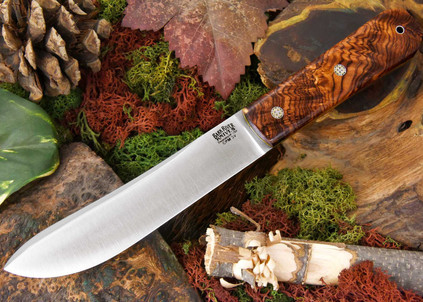
-
Petty-Z - CPM-154

-
Pig Sticker CPM-154

-
Tengu 3V
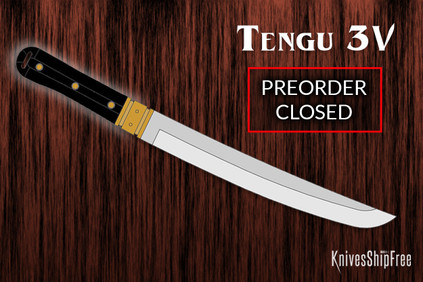
-
Trakker
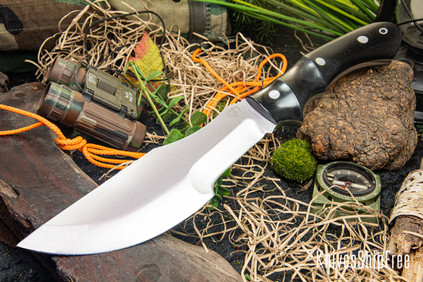
-
Ultralite Bushcrafter - CPM CruWear
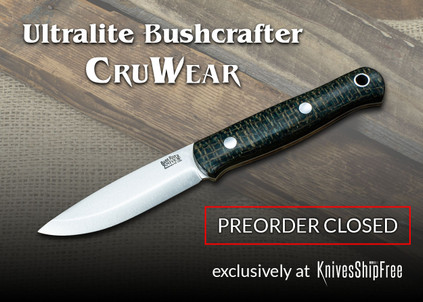
-
Ultralite Field Knife - CPM 3V
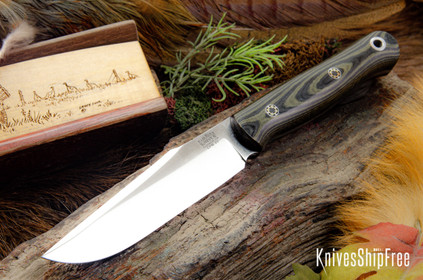
-
UP EDC Damascus
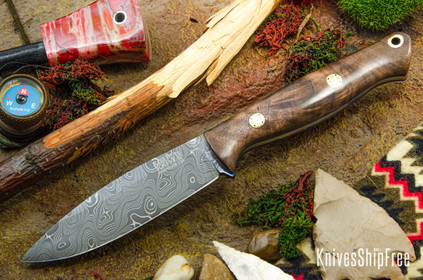
-
UP Series
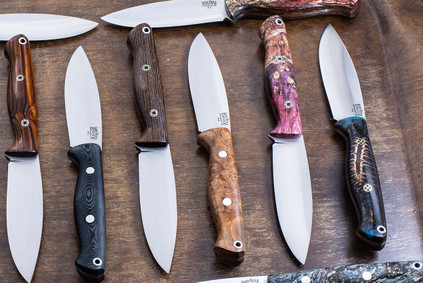
-
10-inch Super Chef's Knife - CPM 154
 Out of Stock
Out of Stock -
1909 Michigan Bowie
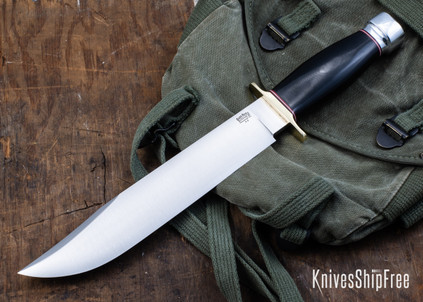 Out of Stock
Out of Stock -
2020 Chef Knife - CPM 154
 Out of Stock
Out of Stock -
8-inch Chef's Knife - CPM 154
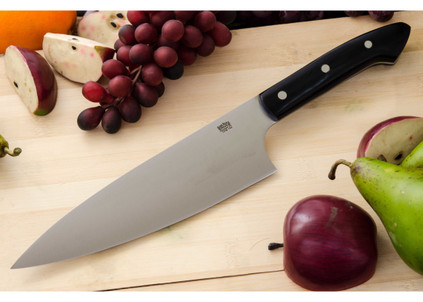 Out of Stock
Out of Stock -
Barong
 Out of Stock
Out of Stock -
Blackwater Models
 Out of Stock
Out of Stock -
Boone Models
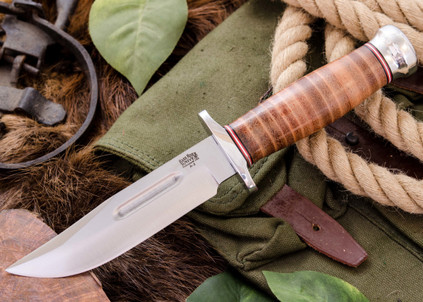 Out of Stock
Out of Stock -
Bravo Crusader 3V
 Out of Stock
Out of Stock -
Bravo EDC Models
 Out of Stock
Out of Stock -
Bravo Machete
 Out of Stock
Out of Stock -
Bravo Micro Models
 Out of Stock
Out of Stock -
Bravo Vortex
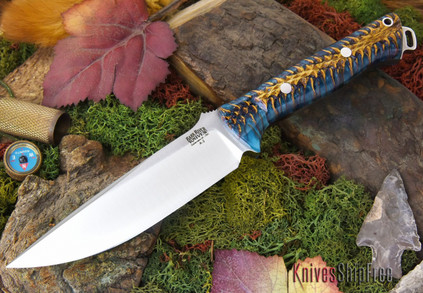 Out of Stock
Out of Stock -
Bravo Vortex - CPM 3V
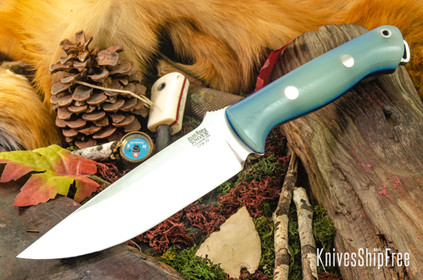 Out of Stock
Out of Stock -
Bumblebee
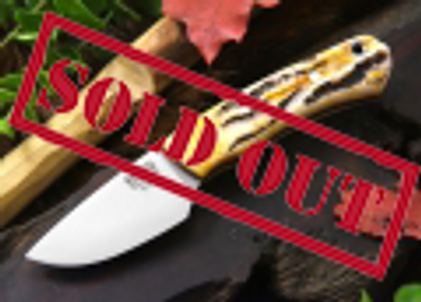 Out of Stock
Out of Stock -
Bush Seax
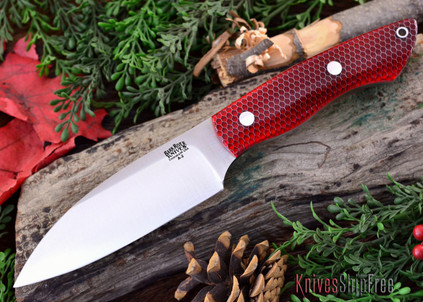 Out of Stock
Out of Stock -
Bush Seax Bantam
 Out of Stock
Out of Stock -
Camp & Trail
 Out of Stock
Out of Stock -
Canoe
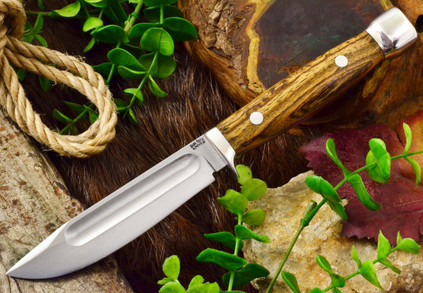 Out of Stock
Out of Stock -
Canoe - CPM CruWear
 Out of Stock
Out of Stock -
Caper Necker - CPM 20CV
 Out of Stock
Out of Stock -
Chute Knife CPM-154
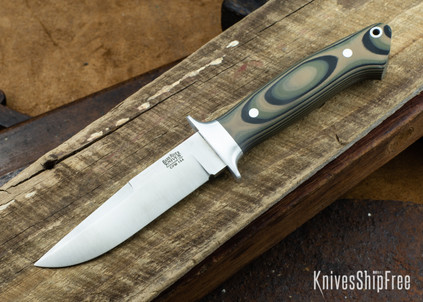 Out of Stock
Out of Stock -
City Knife - Elmax
 Out of Stock
Out of Stock -
Crash Ax
 Out of Stock
Out of Stock -
Custom Bowie 2016 Series
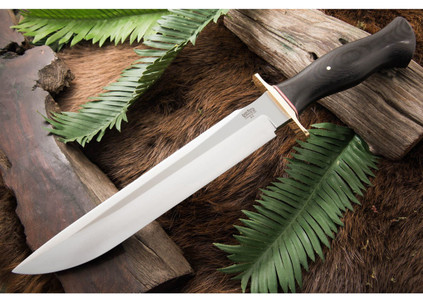 Out of Stock
Out of Stock -
Custom Scagel 2018
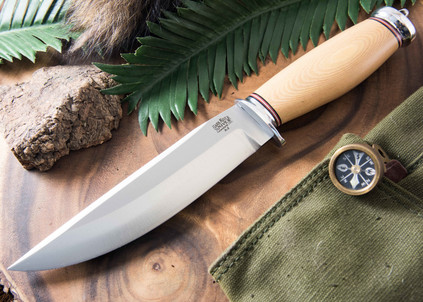 Out of Stock
Out of Stock -
Dakkar
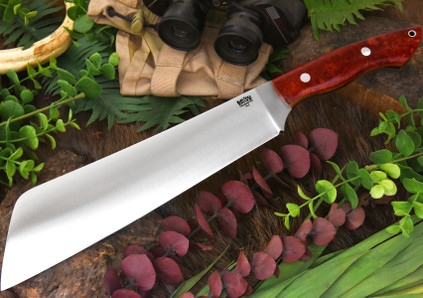 Out of Stock
Out of Stock -
Dan Tope Models
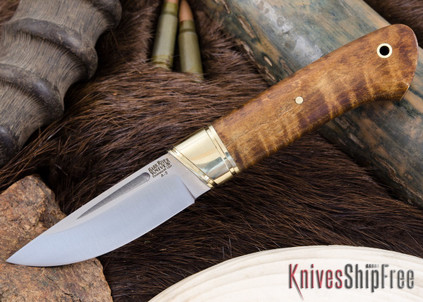 Out of Stock
Out of Stock -
Donavon Phillips Competition Chopper/Camp Knife
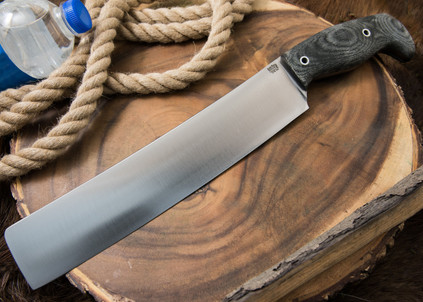 Out of Stock
Out of Stock -
Donnybrook EDC - CPM 154
 Out of Stock
Out of Stock -
Edwin Forrest Bowie
 Out of Stock
Out of Stock -
Essential Models
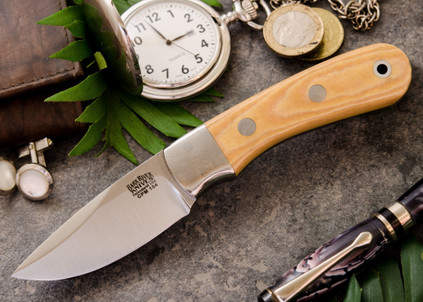 Out of Stock
Out of Stock -
Fieldsman
 Out of Stock
Out of Stock -
Fingerling 3V
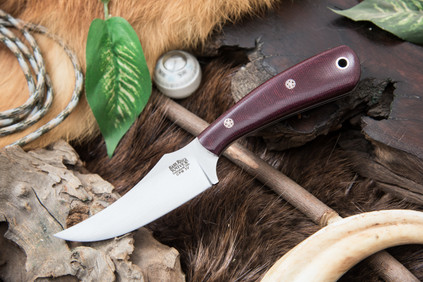 Out of Stock
Out of Stock -
Gameskeeper Models
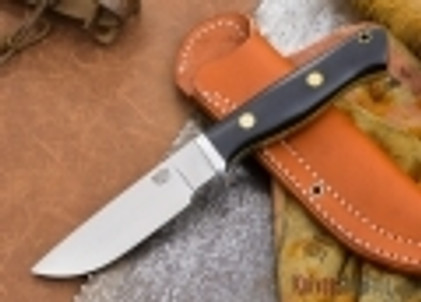 Out of Stock
Out of Stock -
Golok - CPM 3V
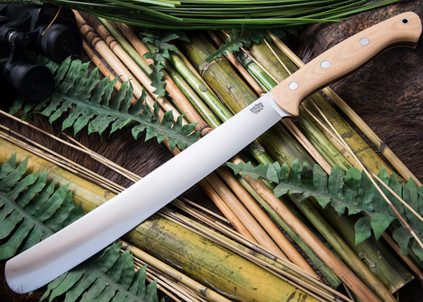 Out of Stock
Out of Stock -
Golok II
 Out of Stock
Out of Stock -
Grizzly
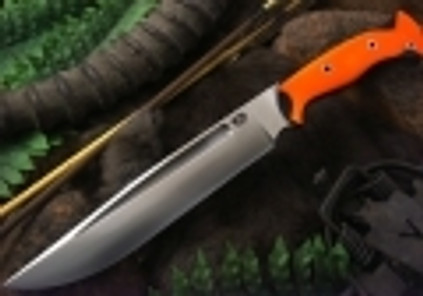 Out of Stock
Out of Stock -
Guardless Drop Point Hunter - CPM 154
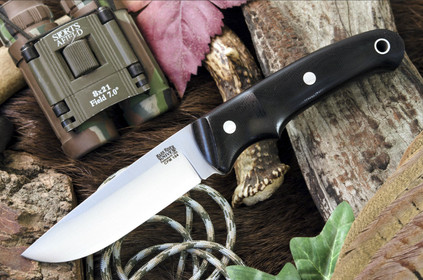 Out of Stock
Out of Stock -
Handy Hunter
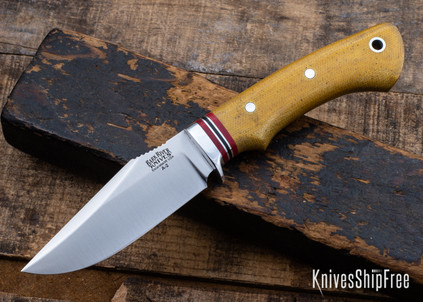 Out of Stock
Out of Stock -
Harpoon Necker - CPM 20CV
 Out of Stock
Out of Stock -
Highland Special Models
 Out of Stock
Out of Stock -
Highwayman Bowie
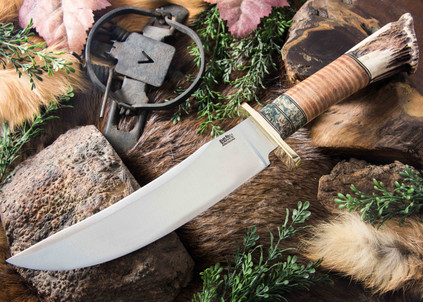 Out of Stock
Out of Stock -
Highwayman III
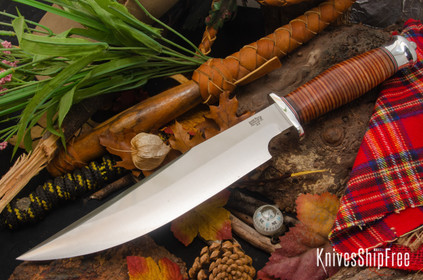 Out of Stock
Out of Stock -
Hudson Bay Camp Knife II
 Out of Stock
Out of Stock -
Hudson Bay Scalper
 Out of Stock
Out of Stock -
Hunter's Ax
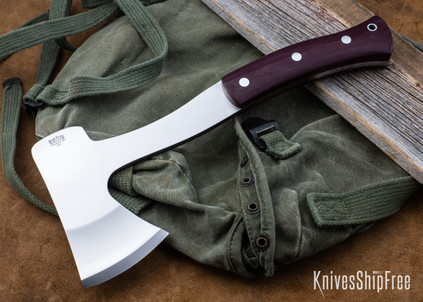 Out of Stock
Out of Stock -
Huntsman
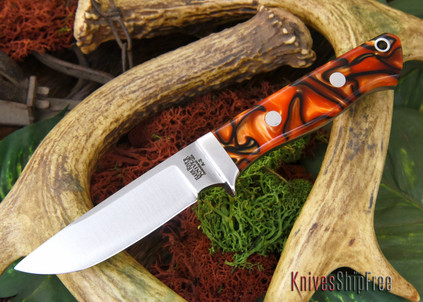 Out of Stock
Out of Stock -
Ja-Nap
 Out of Stock
Out of Stock -
JX Series
 Out of Stock
Out of Stock -
Kephart - CPM 154
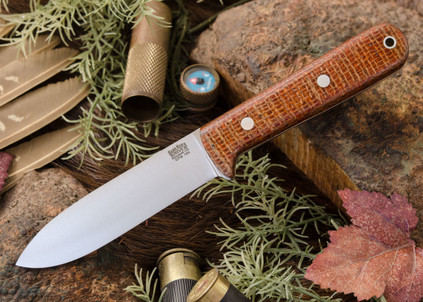 Out of Stock
Out of Stock -
Kephart 5" - CPM 3V
 Out of Stock
Out of Stock -
Kephart 5" - CPM 4V
 Out of Stock
Out of Stock -
Legion - CPM 154
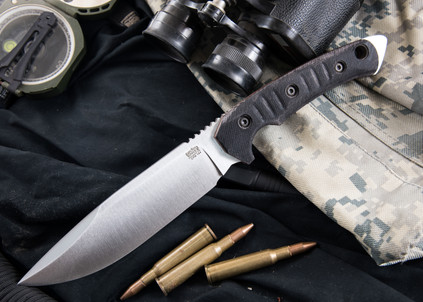 Out of Stock
Out of Stock -
Liten Bror - CPM 3V
 Out of Stock
Out of Stock -
Little Caper Models
 Out of Stock
Out of Stock -
Little Carver - CPM 3V
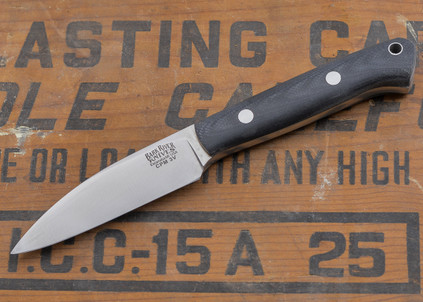 Out of Stock
Out of Stock -
Little Creek Models
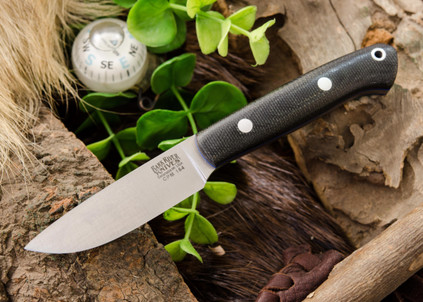 Out of Stock
Out of Stock -
MACV SOG 3V
 Out of Stock
Out of Stock -
MACV SOG Recondo
 Out of Stock
Out of Stock -
Manitou
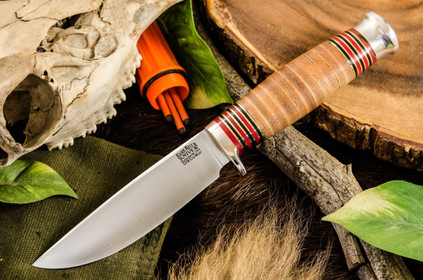 Out of Stock
Out of Stock -
Marauder 1 - CPM 154
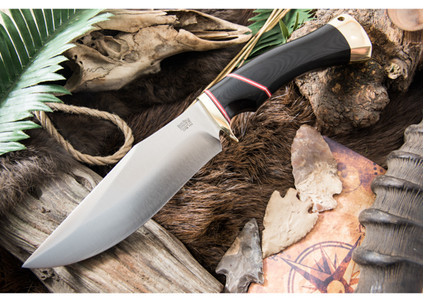 Out of Stock
Out of Stock -
Matterhorn
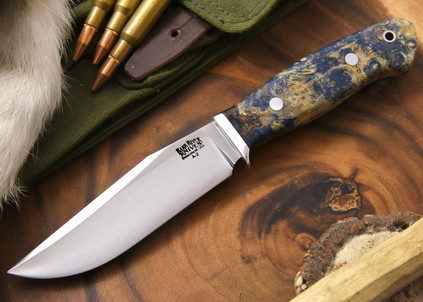 Out of Stock
Out of Stock -
Matterhorn CPM-S45VN
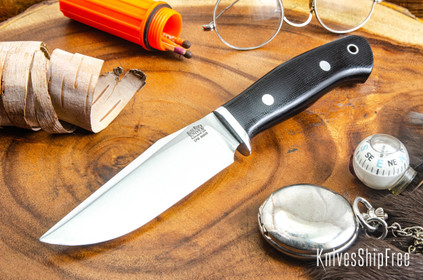 Out of Stock
Out of Stock -
Michigan Hunter
 Out of Stock
Out of Stock -
Mini Aurora - CPM 154
 Out of Stock
Out of Stock -
Mini Aurora Hunter 3V
 Out of Stock
Out of Stock -
Mini Fox River Models
 Out of Stock
Out of Stock -
Mini Rogue
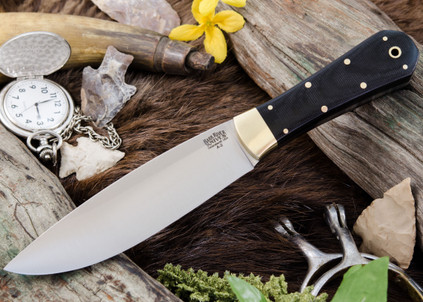 Out of Stock
Out of Stock -
Mini Tundra - Elmax
 Out of Stock
Out of Stock -
Mini-Bush Seax
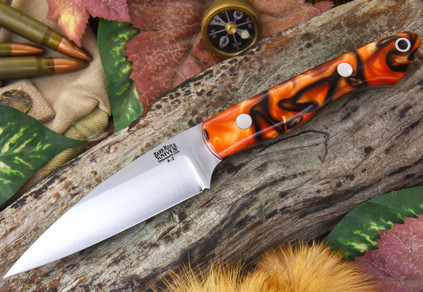 Out of Stock
Out of Stock -
Mini-Bushcrafter - CPM 3V
 Out of Stock
Out of Stock -
MKB-9
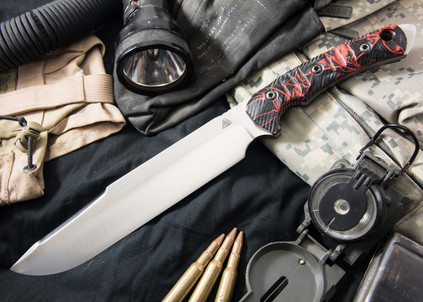 Out of Stock
Out of Stock -
Montana Guide II
 Out of Stock
Out of Stock -
Mountaineer II - CruWear
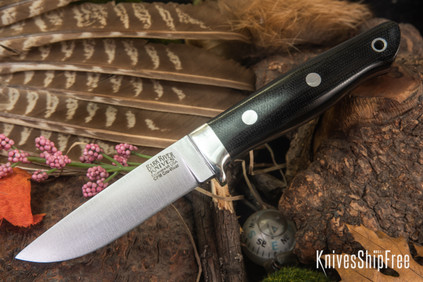 Out of Stock
Out of Stock -
North Country EDC Models
 Out of Stock
Out of Stock -
Northstar
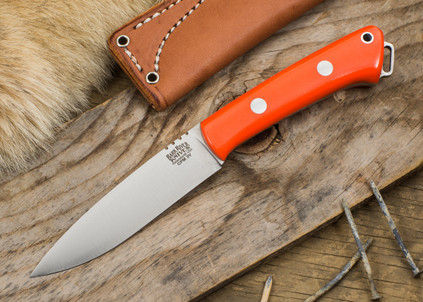 Out of Stock
Out of Stock -
Petty Z - CPM S45VN
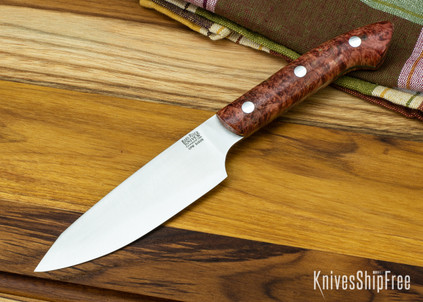 Out of Stock
Out of Stock -
Phoenix Series
 Out of Stock
Out of Stock -
Pro Scalpel - CPM 3V
 Out of Stock
Out of Stock -
Pro-Scalpel II - CPM 154
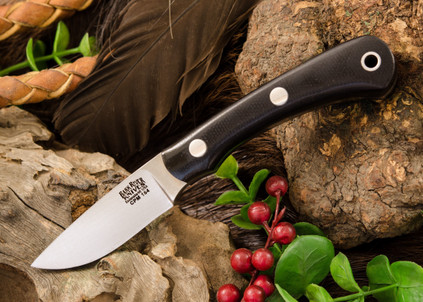 Out of Stock
Out of Stock -
PSK - Elmax
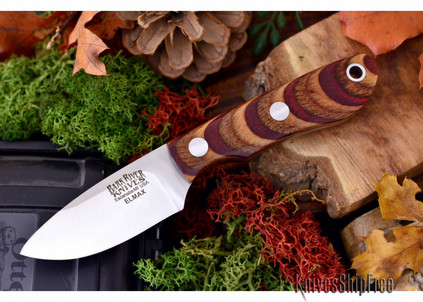 Out of Stock
Out of Stock -
Puukko 3V
 Out of Stock
Out of Stock -
Quartermaster - Vehement Knives Collaboration
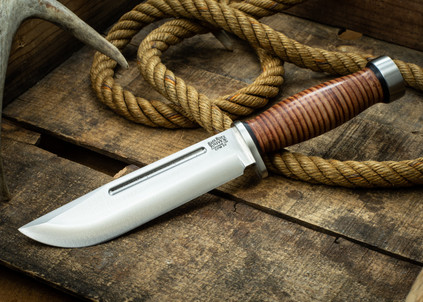 Out of Stock
Out of Stock -
Rascal
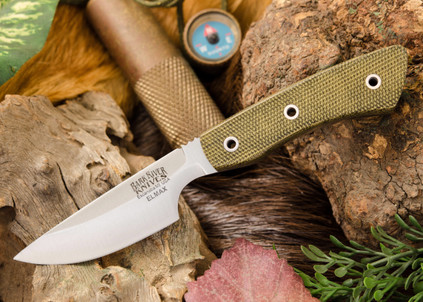 Out of Stock
Out of Stock -
Rascal II - CPM 154
 Out of Stock
Out of Stock -
Ringtail - CPM 154
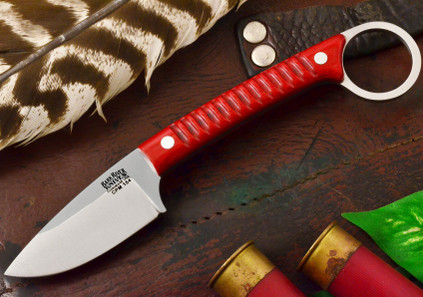 Out of Stock
Out of Stock -
Rio Grande Bowie
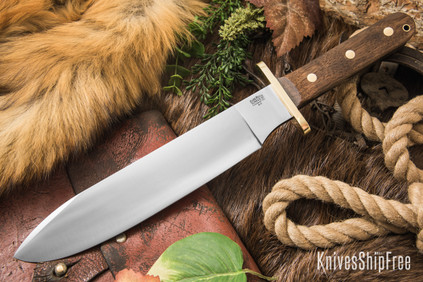 Out of Stock
Out of Stock -
Sahara Hunter
 Out of Stock
Out of Stock -
Sandstorm - CPM-154
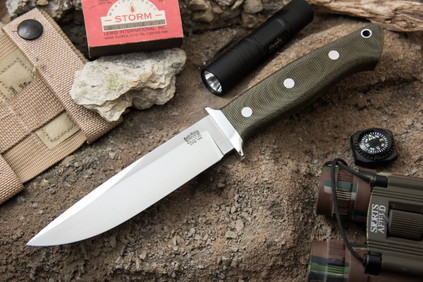 Out of Stock
Out of Stock -
Senegal
 Out of Stock
Out of Stock -
Shinigami Tanto 3V
 Out of Stock
Out of Stock -
Shining Mountain Bowie
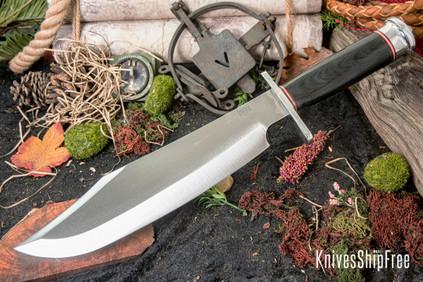 Out of Stock
Out of Stock -
Skelton Occipital
 Out of Stock
Out of Stock -
Smoke Jumper 3V
 Out of Stock
Out of Stock -
Snowy River - Elmax
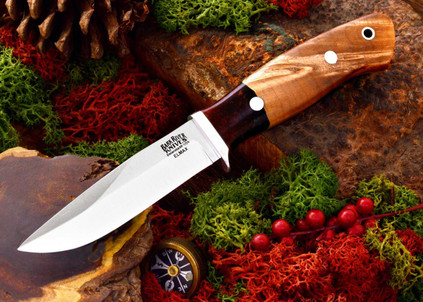 Out of Stock
Out of Stock -
Special Hunting Knife - Hidden Tang - CPM CruWear
 Out of Stock
Out of Stock -
Springbok - CPM 3V
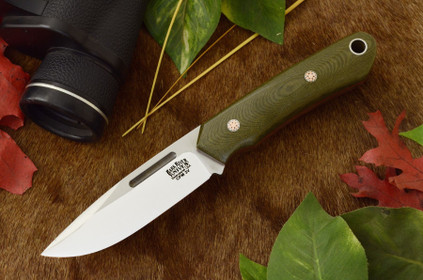 Out of Stock
Out of Stock -
STK-1
 Out of Stock
Out of Stock -
STS 7.5 - CPM 154
 Out of Stock
Out of Stock -
Teddy
 Out of Stock
Out of Stock -
Teddy II
 Out of Stock
Out of Stock -
Tier 1 Mini - CPM 154
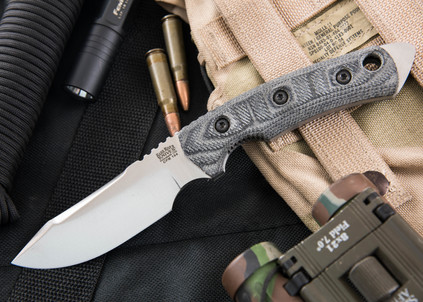 Out of Stock
Out of Stock -
Trailmate - 2016 Version
 Out of Stock
Out of Stock -
Trailmate II - CPM 154
 Out of Stock
Out of Stock -
Trakker Companion
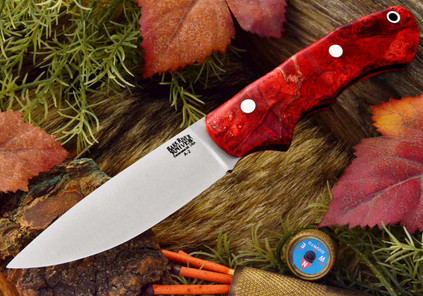 Out of Stock
Out of Stock -
Tusk
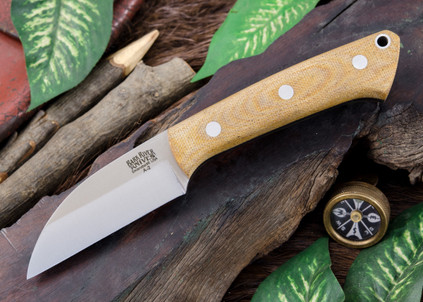 Out of Stock
Out of Stock -
Ultra Lite Hunter Series
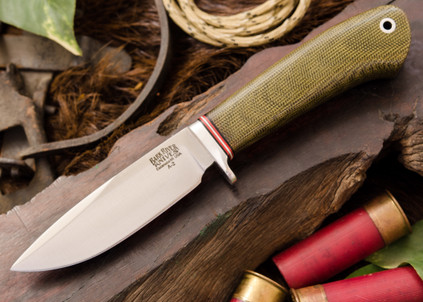 Out of Stock
Out of Stock -
Ultralite Bushcrafter - CPM 3V
 Out of Stock
Out of Stock -
Ultralite Bushcrafter - Elmax
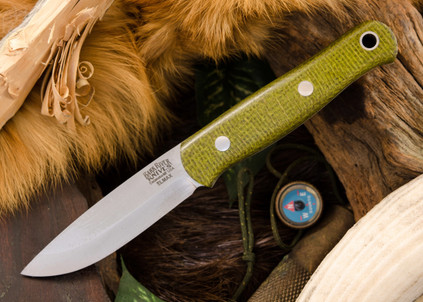 Out of Stock
Out of Stock -
UP Bravo
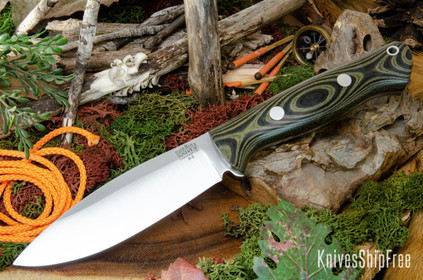 Out of Stock
Out of Stock -
UP EDC
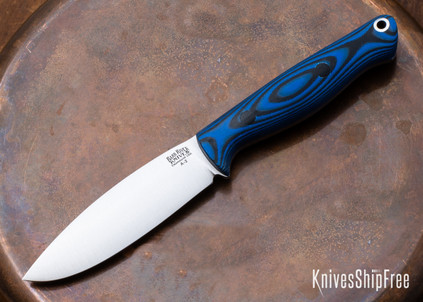 Out of Stock
Out of Stock -
V-44 Bowie
 Out of Stock
Out of Stock -
V-44 Bowie LT
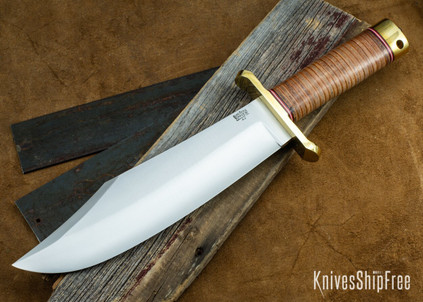 Out of Stock
Out of Stock -
Vest Pocket Bowie
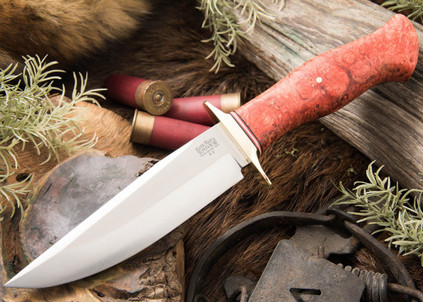 Out of Stock
Out of Stock -
Wasp II 3V
 Out of Stock
Out of Stock -
Wayfarer - CPM 154
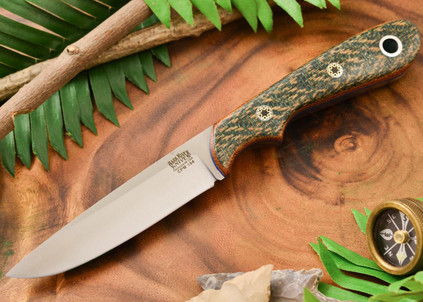 Out of Stock
Out of Stock -
Wilderness 5 - CPM CruWear
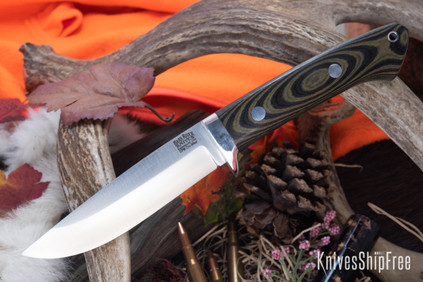 Out of Stock
Out of Stock -
Wilderness Explorer - Cru-Wear
 Out of Stock
Out of Stock -
Woodland Special
 Out of Stock
Out of Stock -
Sharpening Supplies
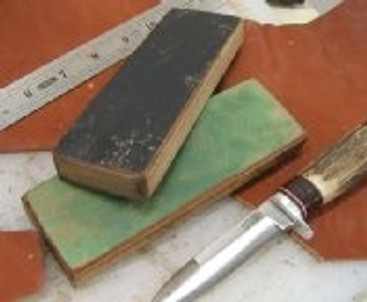
-
Bark River Archive
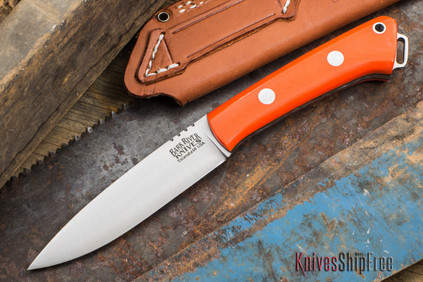

Bark River Knives
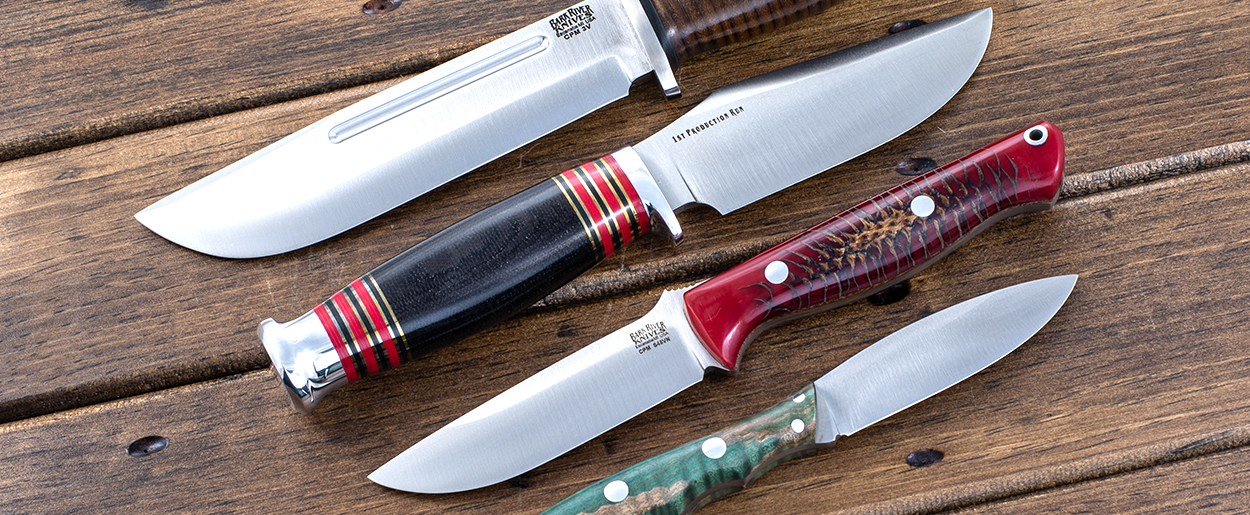
Bark River Knives
Bark River Knives (also known as Bark River Knife & Tool) blends traditional knife designs with modern methods and materials. The result is a line of blades with fine tolerances, but which also retain the subtle features that have exemplified world-class edged tools for centuries. Mike Stewart makes these beautiful semi-custom knives sing!

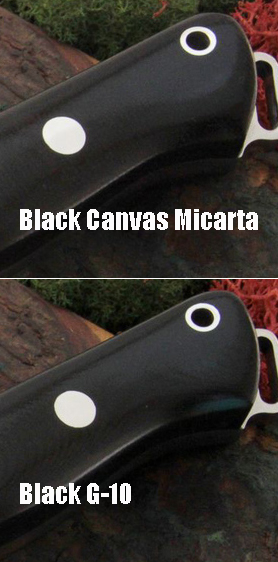
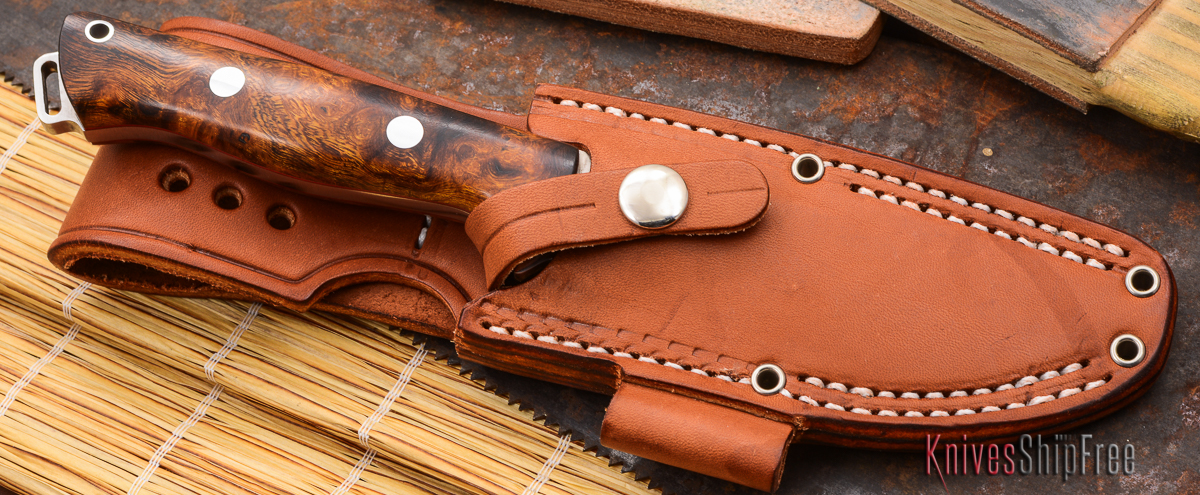




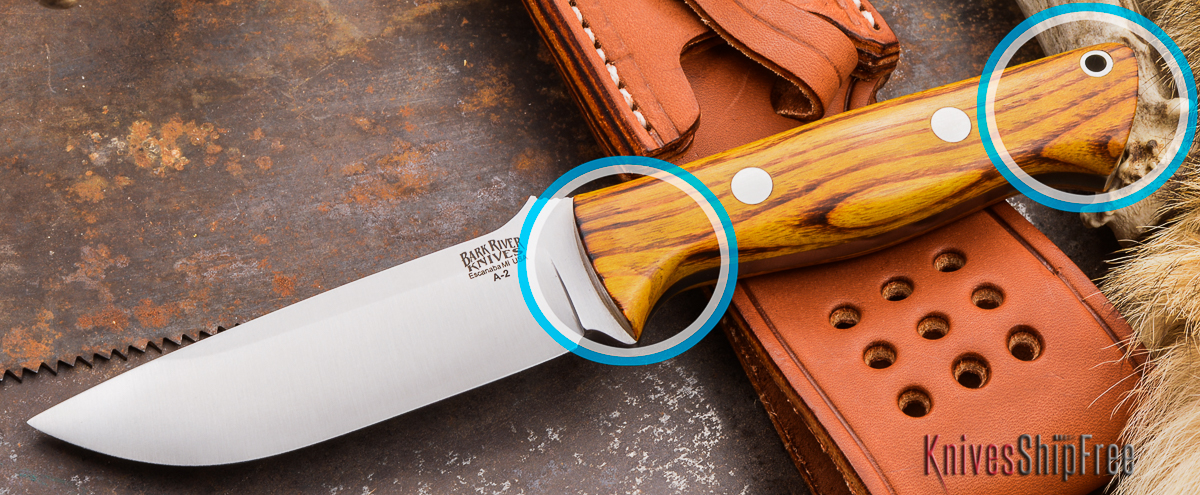




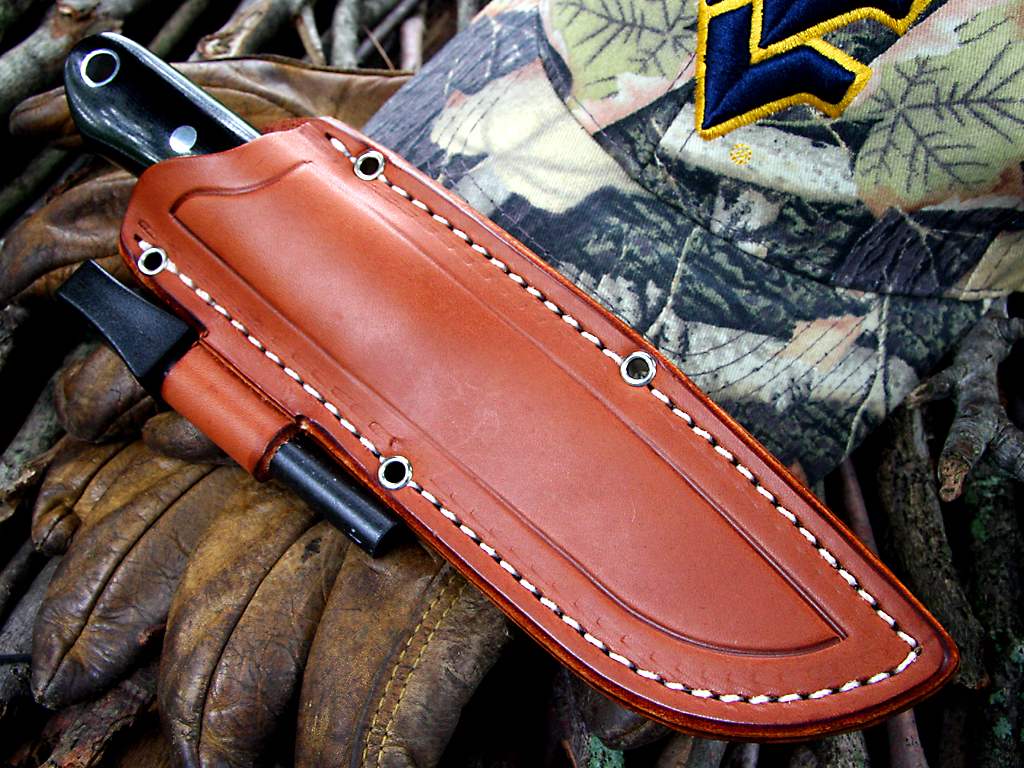
 No -- firesteels are sold separately.
No -- firesteels are sold separately. A swedge is a section of a knife's spine, beginning at the point and extending generally one-third to one-half the length of the blade, which has been ground to give the appearance of a second edge (but without actually being sharpened).
A swedge is a section of a knife's spine, beginning at the point and extending generally one-third to one-half the length of the blade, which has been ground to give the appearance of a second edge (but without actually being sharpened).